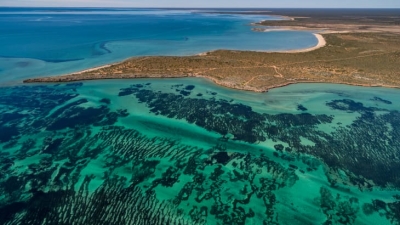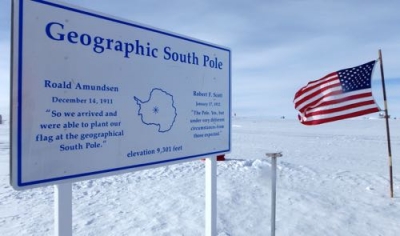WHERE IS THE LARGEST SEAGRASS MEADOW FOUND?

Scientists have discovered the world's largest plant off the Australia coast- a seagrass meadow that has grown by repeatedly cloning itself. Genetic analysis has revealed that the underwater fields of waving green seagrass are a single organism covering 180 sq.km. through making copies of itself over 4,500 years.
Scientists confirmed that the underwater meadow was a single organism by sampling and comparing the DNA of seagrass shoots across the bed, wrote Jane Edgeloe, a study co-author and marine biologist at the University of Western Australia.
A variety of plants and some animals can reproduce asexually. There are disadvantages to being clones of a single organism. such as increased susceptibility to diseases- but "the process can create hopeful monsters" by enabling rapid growth, the researchers wrote.
The scientists call the meadow of Poseidon's ribbon weed "the most widespread known clone on Earth", covering an area larger than Washington, the US.
Though the seagrass meadow is immense, it's vulnerable. A decade ago, the seagrass covered an additional seven square miles, but cyclones and rising ocean temperatures linked to climate change have recently killed almost a 10th of the ancient seagrass bed.
Did you know?
- The species is commonly found along parts of Australia's coast, and grows "like a lawn" up to 35 cm a year, Which is how they arrived at this plant's age.
- This specific plant is believed to have spread from a single seed.
- The plant is hardy, growing in different types of conditions within its present location - from a variety of temperatures and salinities to extreme high light conditions, all of which would have been very stressful to most other plants.
- A place in the Guinness World Records
The Poseidon's ribbon weed has entered the Guinness World Records as the "largest single living organism based on area". The weed has claimed its title from a honey mushroom, which is spread over 2,385 acres in the U.S. The mushroom is still "the world's largest fungus".
Picture Credit : Google
